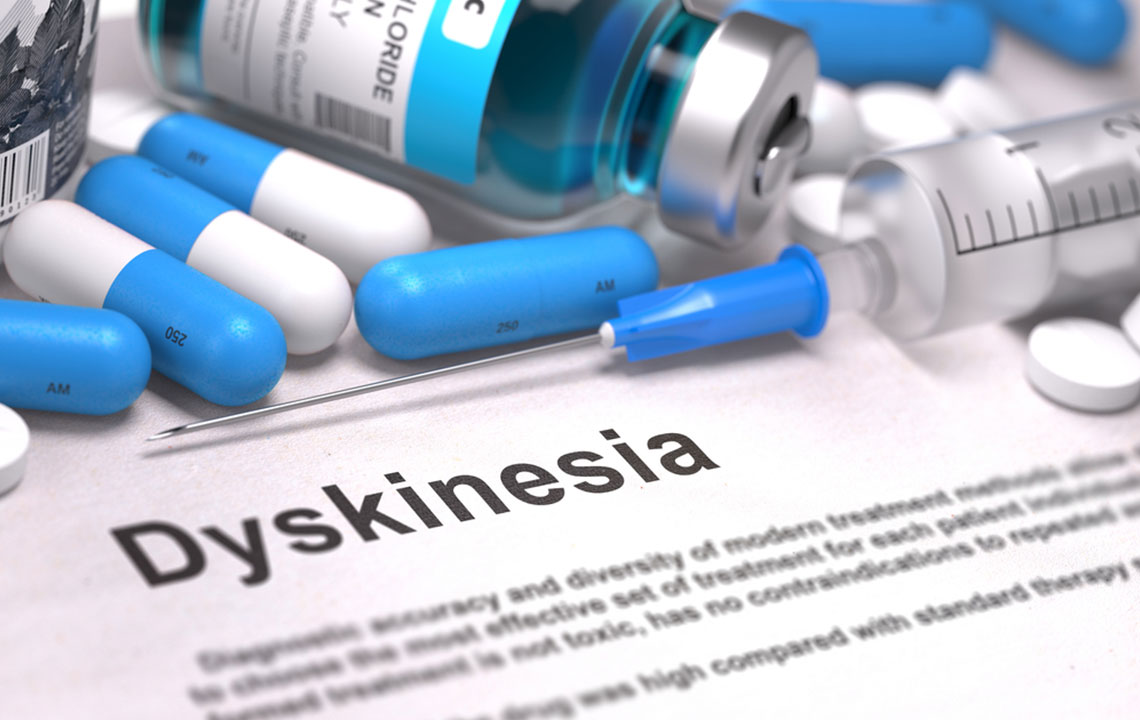All You Need to Know About Tardive Dyskinesia
Tardive dyskinesia is a syndrome that is related to the neurological health of an individual. The medical condition affects a huge number of people not just in the country, but all over the world. Tardive dyskinesia is characterized by the random or involuntary movements of the body parts including the tongue, the lips, the trunk, and the face. The disorder is found to occur in individuals who are treated with dopaminergic antagonist medications for long periods. Thus, people who have been diagnosed with conditions such as a neuropsychiatric disorder or schizophrenia are more vulnerable to the development of tardive dyskinesia.

In most cases, tardive dyskinesia is triggered in people who use antipsychotic drugs for long periods of time. However, the condition can even develop among people who have just begun to take the medications. Unfortunately, there is not much that one can do about these drugs, as they are essential to maintaining the overall health of the patient and can even be life-saving.
Cause of tardive dyskinesia
As mentioned above, the primary cause associated with tardive dyskinesia is the long-term use of neuroleptic and psychotic medications. Also known as neuroleptic drugs, they block a chemical known as dopamine in the brain.
In rare cases, tardive dyskinesia may also be caused because of menopause, aging, and excessive consumption of alcohol or drugs.
Diagnosis of tardive dyskinesia
The diagnosis of tardive dyskinesia can be a tough process. The symptoms of the condition may not appear for the longest time and may go unnoticed sometimes. Moreover, the timing of the symptoms can make it extremely difficult to understand whether they were actually triggered by the medication or due to some other reason. To diagnose the condition, the physician will recommend an examination through:
- Abnormal Involuntary Movement Scale (AIMS) test – The AIMS test is one the most common ways used to detect the condition, especially among people who take neuroleptic drugs. The test may also be used to track the severity of the symptoms as the condition progresses. Under the AIMS test, the doctor understands the involuntary movements of the body parts, such as the lips, the jaw, the neck, the shoulders, the eyes, the tongue, and the hips, before rating the same on a 5-point scale. The test may also require one to perform different types of physical activities that aid the doctor in getting a better judgment.
- Blood tests
- CT or an MRI scan- These scans are carried out in order to obtain a better understanding of the brain’s functions.
Treatment for tardive dyskinesia
The condition is one that cannot be treated, thereby leaving severe and permanent side effects. However, the growing advancements in the field of medication have aided in the development of certain medications which can improve the lifestyle of the patient by helping in the management of the symptoms. The treatment process may involve the reduction in the dosage of the antipsychotic drugs. Albeit, the reduction must only be undertaken after consulting a physician, as it can have severe repercussions. The doctor may switch the drugs with alternative medications that render the same effect; however, this move may not necessarily relieve symptoms.
There has been a constant development of newer types of neuroleptics and FDA-approved medications in recent times which brings much hope for patients with tardive dyskinesia.
Effective management of tardive dyskinesia
While treatment methods can lessen the severity of the condition, it is essential for the patient to manage the condition well to bring about comfort and ease. One must make alterations to the kind of lifestyle they live and promote healthier habits. Some of the effective ways to manage dyskinesia include :
- The regular practice of recommended exercises. This will aid in improving the blood flow in the body and reduce the severity of the symptoms.
- Stress can lead to further damage and it has been proven that the same can worsen the condition. Thus, stress should be managed with different kinds of techniques. The patient must indulge in the best stress-relieving techniques that include yoga, meditation, listening to relaxing music, and deep breathing as they work wonders in keeping stress at bay.
- Deep brain stimulation is a unique technique that is found to greatly relieve patients from the effects of dyskinesia. However, the method may not be right for every patient.
- Typically, it is the seniors who are most likely to be affected by this neurological condition. It is essential to adjust the settings in the living or office spaces, as this will aid in the reducing the occurrence of accidents or falls.
The neurological condition is not life-threatening, but the symptoms can severely alter the quality of one’s life. In case an individual continues with the medications, it is imperative to keep a check on any possible signs or symptoms related to the condition. The same must be immediately reported to the physician to minimize major or harmful occurrences.

